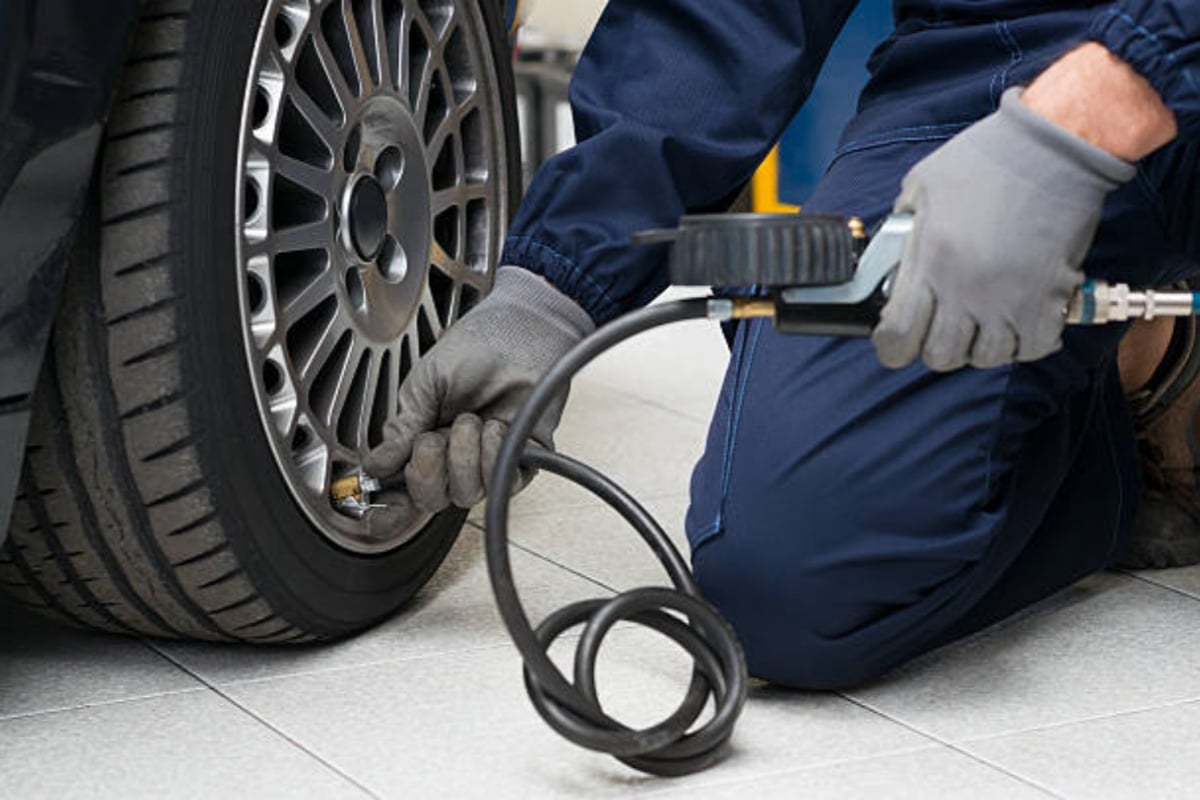How to Fix an Air Conditioner Compressor in a Car: A Comprehensive Guide
Introduction:
Having a functional air conditioner in your car is essential for a comfortable and enjoyable driving experience, especially during hot summer months. One of the key components of the car's air conditioning system is the compressor, which is responsible for compressing and circulating the refrigerant. However, like any mechanical device, the compressor may encounter issues over time. In this article, we will guide you through the process of fixing an air conditioner compressor in a car, helping you restore the cooling efficiency and comfort of your vehicle.
1. Understanding the Role of the Air Conditioner Compressor:
The air conditioner compressor plays a vital role in the cooling process of your car's air conditioning system. It is responsible for compressing the low-pressure refrigerant gas and converting it into a high-pressure, high-temperature gas. This compressed gas then flows to the condenser, where it releases heat and transforms into a high-pressure liquid. Understanding the basic functioning of the compressor is crucial before attempting any repairs.
2. Identifying Common Signs of a Faulty Compressor:
Before diving into the repair process, it is important to identify the signs of a faulty air conditioner compressor. Some common indicators include weak or warm airflow, strange noises when the AC is turned on, leaking refrigerant, and an AC system that fails to cool the car interior adequately. Identifying these symptoms can help you diagnose the problem accurately and determine if the compressor needs repair or replacement.
3. Conducting a Visual Inspection:
Prior to repairing the compressor, it is essential to conduct a visual inspection of the entire AC system. Look for any visible signs of damage, such as leaks, loose belts, or broken components. Inspecting the compressor itself will help you determine if there are any obvious issues, such as physical damage or oil leaks. Take note of any findings to guide your repair process.
4. Checking the Compressor Clutch:
The compressor clutch is responsible for engaging and disengaging the compressor from the engine's power. A faulty clutch can lead to compressor failure. Start by checking if the clutch engages when the AC is turned on. If it does not, the clutch may need adjustment or replacement. Inspect the clutch visually for any signs of damage or wear, such as fraying or excessive dust accumulation. Replacing the clutch can often resolve compressor-related issues.
5. Testing the Compressor for Electrical Issues:
Electrical problems can also affect the performance of the air conditioner compressor. Use a multimeter to check the electrical connections and ensure that the compressor is receiving the appropriate voltage. If there are any issues with the electrical supply, such as loose connections or blown fuses, they should be addressed and repaired to restore the compressor's functionality.
6. Checking and Replacing the Compressor Oil:
The compressor relies on oil for lubrication and cooling. Over time, the oil may become contaminated or leak, affecting the compressor's efficiency. Check the oil level and quality using a dipstick or sight glass, following the manufacturer's instructions. If the oil is low or looks dirty, it should be replaced with the recommended type and amount specified in the car's manual. Proper lubrication is crucial for the compressor's long-term performance.
7. Recharging the Refrigerant:
In some cases, a malfunctioning air conditioner compressor may be a result of low refrigerant levels. Use a pressure gauge to check the pressure of the refrigerant in the system. If the pressure is too low, it indicates a refrigerant leak. In such cases, the leak should be located and repaired before recharging the system with the appropriate amount and type of refrigerant. It is important to follow the manufacturer's guidelines and safety precautions when handling refrigerant.
8. Seeking Professional Help:
Repairing an air conditioner compressor can be a complex task, and it may require specialized tools and expertise. If you are not confident in your abilities or if the problem persists after attempting the above steps, it is recommended to seek professional assistance from a qualified mechanic or an automotive AC specialist. They will have the necessary knowledge and experience to diagnose and repair the compressor effectively.
9. Regular Maintenance and Prevention:
To prevent future issues with the air conditioner compressor in your car, it is essential to prioritize regular maintenance. This includes cleaning or replacing the air filters, checking the belts for wear, and scheduling professional inspections at recommended intervals. Regular maintenance can help identify potential problems early on and ensure the long-term efficiency and performance of your car's air conditioning system.
10. Conclusion:
Fixing an air conditioner compressor in a car requires careful inspection, diagnosis, and repair. By understanding the role of the compressor, identifying common signs of faults, and following the recommended steps, you can increase the chances of successfully restoring the functionality of your car's air conditioning system. Remember to prioritize safety and, when in doubt, consult a professional. With proper maintenance and timely repairs, you can enjoy a cool and comfortable driving experience throughout the year.


